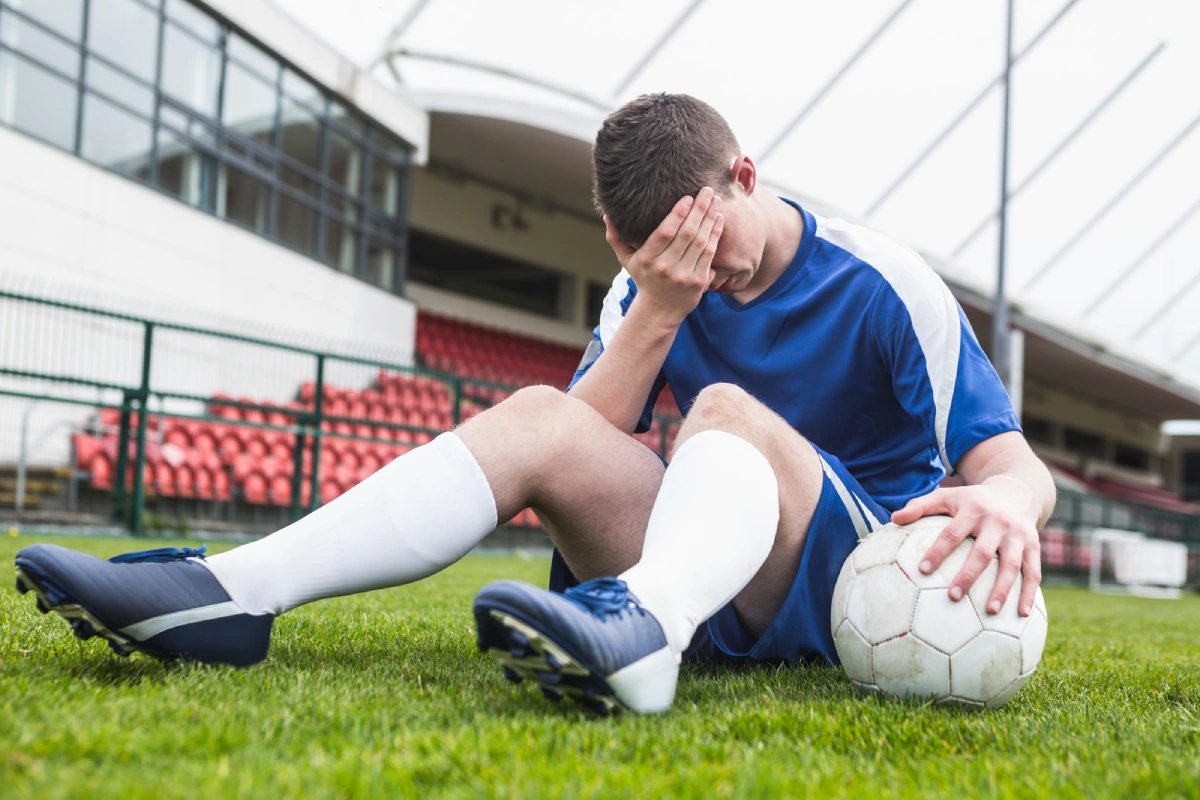Busy vs Burn-Out
By: Kyle Ertel
Part 1: 3 Warning Signs of a Burn-Out
1. Loss of Fun or Meaning
Probably the most defining characteristic of a burnout is a loss of enjoyment or meaning in the sport or activity. If the athlete stops having fun in practices and games, then they lose their enthusiasm or passion for the activity. The sport loses its meaning and becomes more of a chore than something that the athlete really wants to do. What had initially attracted the athlete to the sport is now gone and the athlete has lost touch with any personally meaningful goals. As a result, apathy or boredom sets in and the individual stops caring about their effort and results. The focus shifts from having fun to “when will this be over?” The athlete may also develop a negative attitude towards their teammates and/or coaches because they are struggling with feeling burnt out.
2. Decline in Performance
Athletes struggling with burnout often show problems in their performance. They may hit a wall where they can’t seem to drop their times any lower, or develop fears and suddenly can’t execute things that they used to be able to do seamlessly. Often times athletes refer to these rough patches as slumps, but they could actually be a symptom of the larger problem: burnout. An athlete who is struggling with burnout may also have difficulty maintaining their focus. They cannot focus mentally and as a result performs at a lower level. The athlete’s concentration is constantly disrupted by persistent thoughts that are taking them away from being in the moment.
3. Physical Fatigue
Athletes who are on the verge of becoming burnt out feel tired and exhausted almost all of the time. When they train, they don’t have energy but still overwork their bodies and never allow themselves to completely recharge. They go to bed tired and they wake up in the morning not feeling refreshed. There is a sense of exhaustion that they carry around during their practices, games, and also their day-to-day activities. This often leads to the athlete’s immune system not functioning properly because they are physically worn down. With this lowered resistance, the athlete is much more vulnerable to becoming sick over the course of a season. Also, since the
athlete is lacking proper recovery and rest, they are more vulnerable to aggravating pre-existing injuries or developing chronic ones.


